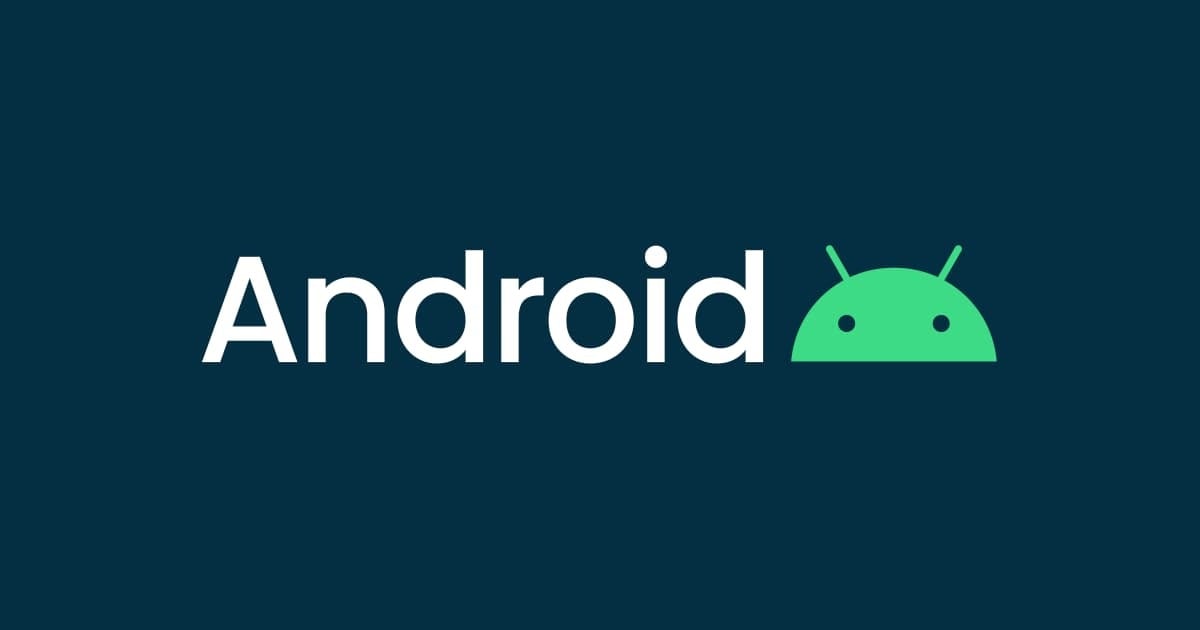![[Android] Volleyライブラリでハマったこと](https://devio2023-media.developers.io/wp-content/uploads/2013/09/android.png)
[Android] Volleyライブラリでハマったこと
volleyでハマったこと
- HTTPステータスコード 401 が返却されているはずなのに、ステータスコードが取得できない! (正確には -1が返却されてる)
その時は以下の警告が表示された。
java.io.IOException:No authentication challenges found
原因を探る
どこでExceptionが出ているのか原因を探ってみました。
- まずはVolleyのRequestQueue内を探ってみました。
Volley#newRequestQueue()
public static RequestQueue newRequestQueue(Context context, HttpStack stack) {
File cacheDir = new File(context.getCacheDir(), DEFAULT_CACHE_DIR);
String userAgent = "volley/0";
try {
String packageName = context.getPackageName();
PackageInfo info = context.getPackageManager().getPackageInfo(packageName, 0);
userAgent = packageName + "/" + info.versionCode;
} catch (NameNotFoundException e) {
}
if (stack == null) {
if (Build.VERSION.SDK_INT >= 9) {
stack = new HurlStack();
} else {
// Prior to Gingerbread, HttpUrlConnection was unreliable.
// See: http://android-developers.blogspot.com/2011/09/androids-http-clients.html
stack = new HttpClientStack(AndroidHttpClient.newInstance(userAgent));
}
}
Network network = new BasicNetwork(stack);
RequestQueue queue = new RequestQueue(new DiskBasedCache(cacheDir), network);
queue.start();
return queue;
}
newRequestQueueの内部では、Androidのバージョンによって使用するNetwork通信ライブラリを変更しているようです。
検証していた機種は Android 4.0系だったので HurlStack()を使用していました。
HurlStack()内部を探ってみました。
HurlStack#performRequest()
@Override
public HttpResponse performRequest(Request<?> request, Map<String, String> additionalHeaders)
throws IOException, AuthFailureError {
String url = request.getUrl();
HashMap<String, String> map = new HashMap<String, String>();
map.putAll(request.getHeaders());
map.putAll(additionalHeaders);
if (mUrlRewriter != null) {
String rewritten = mUrlRewriter.rewriteUrl(url);
if (rewritten == null) {
throw new IOException("URL blocked by rewriter: " + url);
}
url = rewritten;
}
URL parsedUrl = new URL(url);
HttpURLConnection connection = openConnection(parsedUrl, request);
for (String headerName : map.keySet()) {
connection.addRequestProperty(headerName, map.get(headerName));
}
setConnectionParametersForRequest(connection, request);
// Initialize HttpResponse with data from the HttpURLConnection.
ProtocolVersion protocolVersion = new ProtocolVersion("HTTP", 1, 1);
int responseCode = connection.getResponseCode();
if (responseCode == -1) {
// -1 is returned by getResponseCode() if the response code could not be retrieved.
// Signal to the caller that something was wrong with the connection.
throw new IOException("Could not retrieve response code from HttpUrlConnection.");
}
StatusLine responseStatus = new BasicStatusLine(protocolVersion,
connection.getResponseCode(), connection.getResponseMessage());
BasicHttpResponse response = new BasicHttpResponse(responseStatus);
response.setEntity(entityFromConnection(connection));
for (Entry<String, List<String>> header : connection.getHeaderFields().entrySet()) {
if (header.getKey() != null) {
Header h = new BasicHeader(header.getKey(), header.getValue().get(0));
response.addHeader(h);
}
}
return response;
}
デバッグしていくと、上記23行目のconnection.getResponseCode()からExceptionがthrowされてました。(27行目のExceptionではない。)
HttpURLConnectionでExceptionが出てたので、よくよく仕様を確認してみると…
HttpURLConnection.html#getResponseCode()
前述の応答からは整数 200 と 401 をそれぞれ取り出します。応答が識別できない (有効な HTTP でない) 場合は -1 を返します。
どうやらアプリ側は悪くない模様? 有効なHTTPでない って意味不。
調べた結果、RFC規格で401のステータスコードは WWW-Authenticateのヘッダーを返さないといけないらしいです。 ということで、サーバAPIの返却値のヘッダーに WWW-Authenticateを入れてもらったら無事に通信できました!
この辺のstackoverfrowにも書いてますね…
.oO(今回はサーバ側変更できたからいいけど、変更不可だったら無理矢理HTTPClient使うとかしないと詰む?)
アプリ開発者もサーバ側の知識が必要だな〜と感じました。というお話でした。






